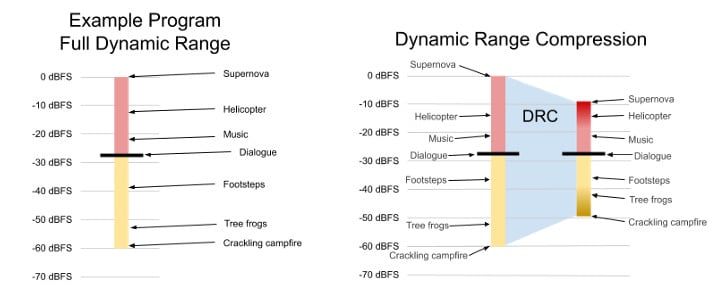Netflix Delivers Game-Changing Audio Upgrades To The Android Listening Experience

When watching movies and television shows, bad audio can take viewers out of the moment in an epic battle scene or the final romantic moment between Romeo and Juliet. When it comes to TVs and sound systems, there is a certain level of hardware quality to be expected. However, when it comes to Android devices, your listening environment can change, or your listening hardware could change from high fidelity headphones to $5 earbuds from Five Below. To level out the listening experience on Android for all environments and hardware, Netflix is introducing Extended HE-AAC with MPEG-D dynamic range control (DRC) on Android devices.
Generally, dialogue is prevalent throughout media no matter the content type, but surrounding noise can drown it out if not accounted for in production or delivery to the viewer. Moreover, Netflix states “Research has shown that, in cinematic and television content, the dialogue level is the most important element to viewers’ perception of a program’s loudness.” Not every piece of media has the same range in sounds, though, so it can be difficult to adjust the audio.

Also, when it comes to the lower end hardware playing audio, DRC may change things in a bad way. If the content is normalized, it may put certain parts of the audio outside of the range that the headphones or earbuds can produce. Thus, DRC is then paired with dynamic range compression with a “sophisticated algorithm.” Effectively, the high and low ends of audio are squished down into what a device can produce. In Android, this is done with metadata, multiple DRC profiles, and variables to control the profiles.


Overall, these new technologies being implemented by Netflix are incredibly useful for Android 9 and newer devices. Watching movies and shows on Netflix will likely be more immersive with these changes and deliver higher quality at large. As the blog states, “Netflix always strives to give the best member experience, in every listening environment,” and this is a great step toward fulfilling that goal.

